Oyu Tolgoi announces Shaft 2 construction completion
VideoOn December 13, today,
Oyu Tolgoi LLC celebrated the completion of Shaft 2 of the world-class OT
underground project in Khanbogd soum, Umnugobi aimag, which is a significant
milestone for the project.
The ceremony was attended by national contractors who were
crucial for the development of one of the world’s largest and most modern
shafts project and other key stakeholders.
In special remarks delivered at the celebration event by
Ambassador Batsukh Galsan, Chairman of the Board of Directors of Oyu Tolgoi
LLC, highlighted the great support provided by the Government of Mongolia for
this remarkable achievement, which increases Mongolia’s global competitiveness
in terms of the mining and technology development.
Armando Torres, Chief Executive Officer of Oyu Tolgoi LLC said,
“Shaft 2 construction – from sinking through to equipping – has taken three
years and four months in total. Close to 50 national companies and 2,500 people
worked safely on Shaft 2 for approximately 2.6 million hours to complete this
critical and complex piece of infrastructure that will accelerate the
underground development of our Oyu Tolgoi mine”.
Shaft 2 with a depth of 1,284 metres is the main production
shaft and primary access point for people and materials and provides
infrastructure for the materials handling system in the underground mine. Its
production hoist is the largest Koepe (Friction) rope hoist system in the world
with two 60 tonne capacity skips capable of hoisting 28,000 tonnes of ore per
day at a maximum speed of 59km/hr.
Once Shaft 2 is fully
commissioned and receives state licensing, it enables the following two
important steps forward for the underground mine:
- Additional
crews, materials and equipment to be transported and operate underground
and,
- More rock to be
removed from underground to enable further development and access to the ore
body
From this point, the number of people working underground will
no longer be constrained by the Service lift capacity of Shaft 1, but rather by
volume of air moving through the underground via the existing ventilation
(shafts 1, 2 and 5). Additional ventilation capacity is under construction with
two more ventilation shafts - shaft 3 (intake) and 4 (exhaust). Currently, 700
people are able to work underground per shift.
 Ulaanbaatar
Ulaanbaatar










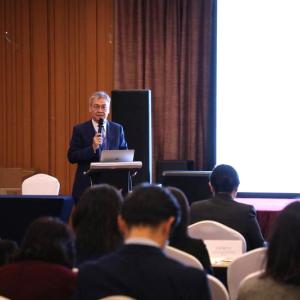











































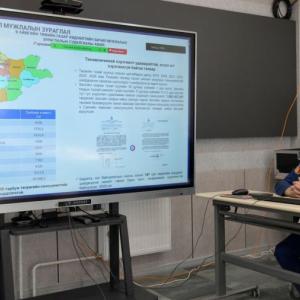
















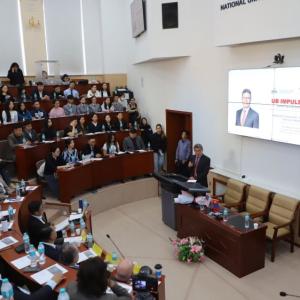

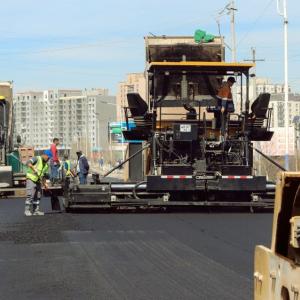

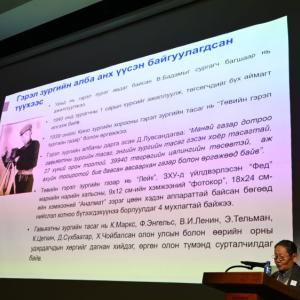



Comments